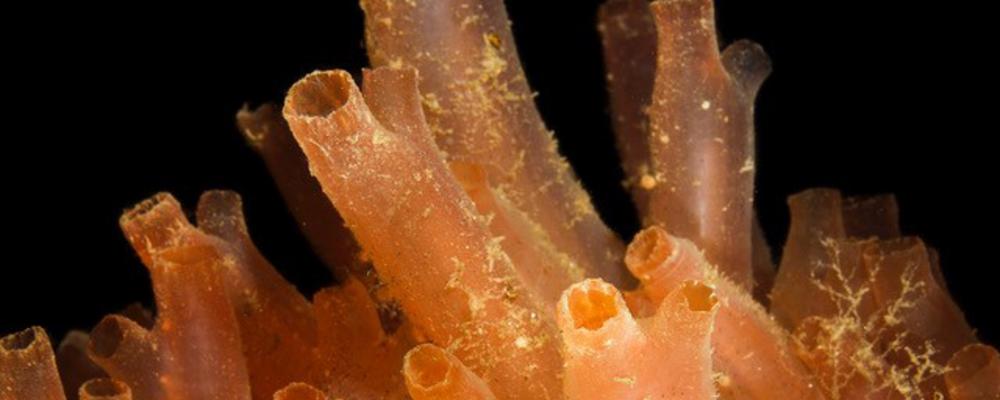“This is important information because it means that the Baltic Sea populations cannot be replaced by West Coast individuals if the Baltic Sea populations disappear,” says Kerstin Johannesson, professor of marine evolutionary biology at the Department of Marine Sciences.
In the new study the researchers compiled genetic and other biological information for 23 marine species. By then comparing DNA from different populations from the North Sea and within the Baltic Sea, the researchers could show that, in the Sound and the Belts, the genetic differences in most species increase markedly. A ‘genetic leap’ occurs.
“All but one of the species from which we collected data showed the same pattern, and in most cases the sharp genetic change coincided with the area where the salinity declines the fastest,” says Johannesson.
Adaptations to Baltic Sea environment
Methods for genetic testing have developed rapidly. Researchers now can detect differences in DNA relatively easily and also find out which genes and properties differ. As a result, researchers know that the differences between populations in and outside the Baltic Sea are often due to Baltic individuals having genes that enable them to survive and reproduce despite the low salinity. And the differences have arisen through natural selection.
“The research results show that the genetic differences in most of the species studied result from adaptations to the very special environment of the Baltic Sea. In some cases, the populations in the Baltic Sea have developed such large differences that they can be regarded as different species. That is true of the Baltic cod, for example, as well as the bottom-spawning flounder that has evolved in the Baltic Sea and is found only there.”
An intriguing future question for researchers is how the differences can be so great even though the populations are in contact with each other. For example, cod and other fish swim freely among different areas of the sea, and individuals from different populations could then mate. Yet something seems to prevent the populations from mixing and equalising the genetic differences.
“The Baltic Sea is a truly unique marine environment that serves as an excellent natural laboratory for research on how species adapt and how new species arise. It is a gold mine, similar to what Darwin found when he visited the Galapagos Islands.”
